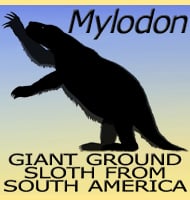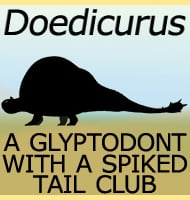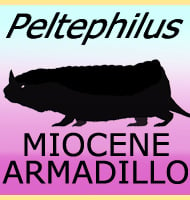Xibalbaonyx
In Depth Xibalbaonyx is a genus of ground sloth that lived in Mexico during the Pleistocene, Many fossils of this ground sloth have been recovered from underwater caves. Further Reading - Xibalbaonyx oviceps, a new megalonychid ground sloth (Folivora, Xenarthra) from the Late Pleistocene of the Yucat�n Peninsula, Mexico, and its paleobiogeographic significance. - PalZ. … Read more



